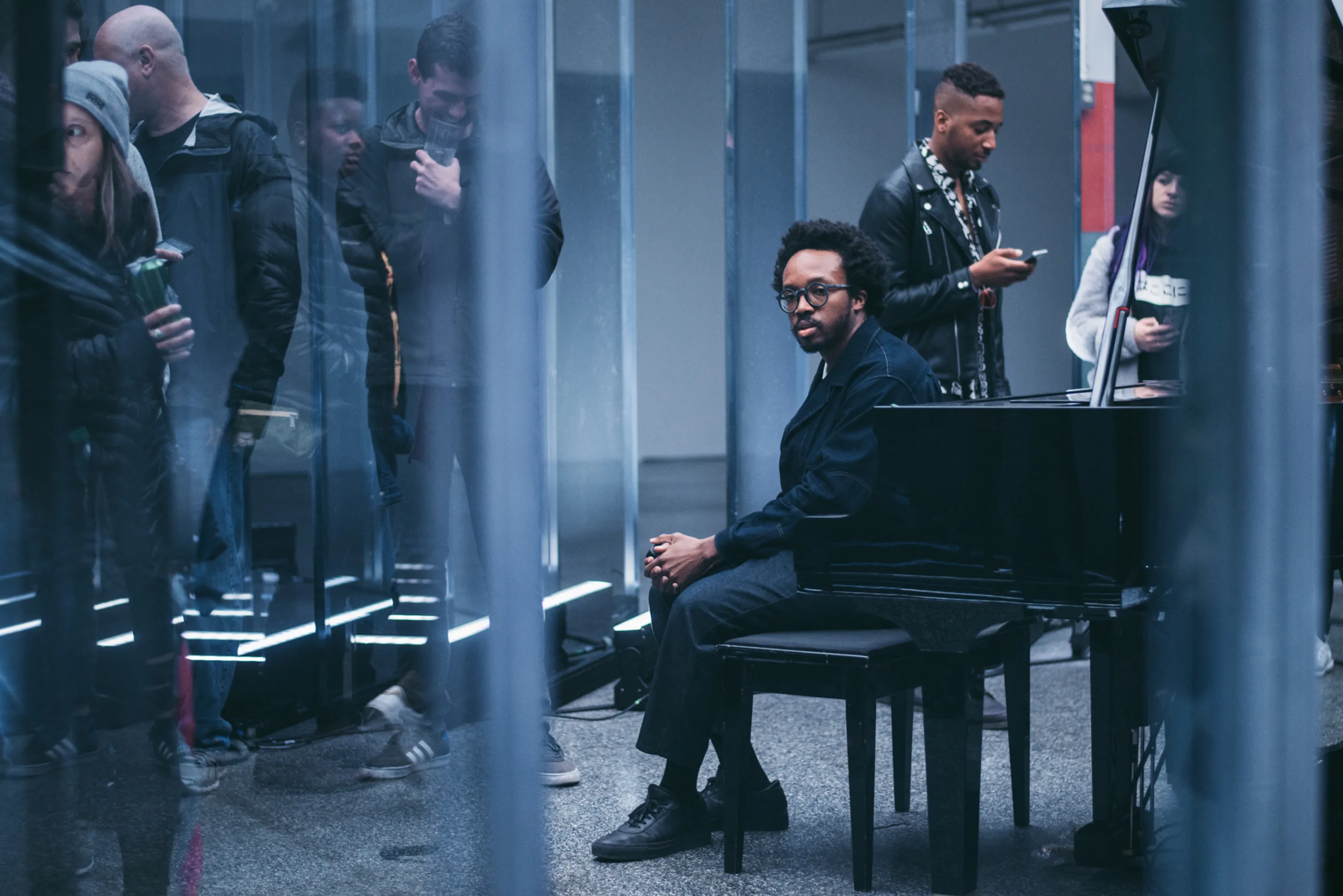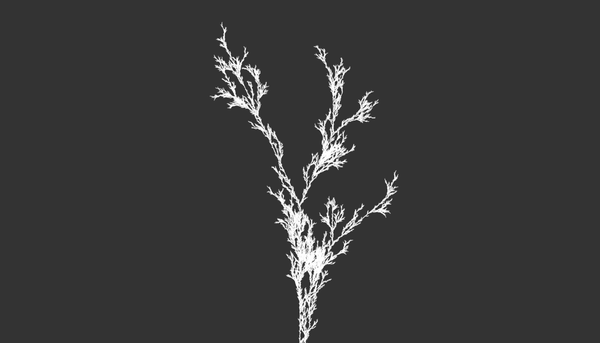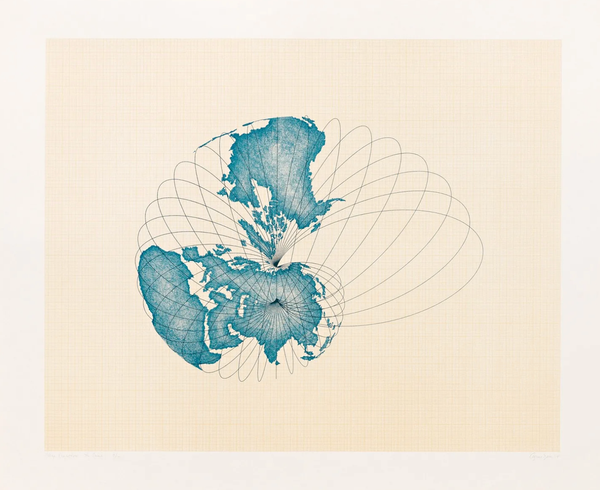Redefining Data Curious
A long silence is broken: some thoughts on burnout, data visualization, and a new direction for the newsletter
Well hello.
This is that awkward part where writers usually stumble over an apology with “I’ve been super busy lately” or “work has been hectic” or some other justification for not sending a newsletter in *checks calendar*…six months.
But the truth is, I’m not sorry. I took a long break from writing this newsletter because I was burnt out. But more than that, I stepped back because writing each week about data visualization was no longer giving me hope or inspiration. It was doing the opposite.
I wrote a personal essay about my slow burnout period, sparked by the pandemic and fueled by, well, existing in the world, for a new endeavor of mine. “On burnout, data visualization culture, and the rejection of personal brand” is one of what I hope will be many posts in my new digital garden. For the unfamiliar, digital gardens are a sort of anti-blog, a place to cultivate and explore ideas without the pressure of “publishing” a finished/polished piece. The ethos is very DIY and learn-in-public and I am, as of now, very interested.
It’s also a place to play with all of my other ideas, regardless of content. In addition to data visualization, I am also a musician, a maker, a writer. I wanted a space to share this work even if it doesn’t fit into my neatly defined “data viz” angle. So bdexter.com is my new internet home (Dexter is my middle name; also my grandpa!).
After years of segmenting parts of my self for different markets, I have grown tired. Humans are complex, combinations of multiple identities. I am no different. My websites should be the same.
What is Data Curious?
Many of you probably signed up for this newsletter for its focus on data visualization. Maybe you’re a data scientist/journalist/analyst. Or maybe you are a student or in academia. I don’t know your deal. But I do know that I have historically centered this newsletter on the expectation of data viz stuff.
For the past five(ish) years, I have written some version of this type of newsletter:
- Frontmatter: some opening thoughts on a topic in data visualization
- Read: some articles by academics, practitioners, or thinkers in the data viz field
- Explore: some data visualization pieces/interactives to admire
- Learn: some code or design related tool/package to help you make data viz
This formula worked for a while. But I think my days of trawling Twitter in order to aggregate links related to data viz have come to a close. If I honestly want to keep writing this thing, it has to be different.
Look, I’m not gonna leave you high and dry though. Data visualization is still very much central to what I do. I still am fascinated by its craft, evolution, and practice. I am just starting to find its singular focus in my life limiting.
What originally brought me into the data visualization field was not the practice itself—it was what I learned through the practice. Data visualization is all about finding new ways of seeing. Numbers become pixels, shapes, and colors. CSV files become line charts and scatter plots. Databases become dashboards.
Before starting in data visualization, numbers and statistics were always so opaque to me. I didn’t understand them, and I didn’t like them. But I discovered that actually, this wasn’t true; I was just looking at them the wrong way.
This is what excites me about data visualization. But I’m finding that this concept can be found in so many other things: data sonification, art, poetry, performance. Finding new ways of seeing. That’s what I want this newsletter to be about.
So, an addendum:
Data Curious is a newsletter about finding new ways of experiencing the data all around us—visually, sonically, intellectually, and philosophically. The newsletter changes semi-frequently, because humans change semi-frequently. And I am, first and foremost, human. In an age of algorithms, social media profiles, and personal brands, I reject the pull to whittle away my interest and complexity into an identifiable and sell-able "brand" to be marketed in the digital economy. This newsletter is free. I have no selling point, no ROI, no "niche". This is a place where I write about what is fascinating me most in the world, both digital and physical.
The first few issues will inevitably be some trial and error. This is a personal newsletter, so I’ll occasionally include some updates on what I’m up to. But I can promise you this: each issue will still have something to read, something to look at/listen to/explore, and something practical (i.e. a resource that might help you discover data in a new way). They just might not be as laser-focused on “making charts” anymore.
If that still sounds cool to you, then I’m stoked to have you around. If not, please unsubscribe.
Something to read

How Ekene Ijeoma is Using Data and Jazz To Talk About Mass Incarceration in America
This article is from over two years ago, but I only recently discovered it. The interview explores how artist Ekene Ijeoma constructed his performance piece, “Deconstructed Algorithms”, using mass incarceration data to inform live and automated jazz compositions of the “Star-Spangled Banner.” Ijeoma’s focus on silence in the piece fascinates me. Instead of using data to create the notes, the mass incarceration rates replaced or removed notes to create silences in the melody of the song. A brilliant way of capturing the dissonance of the American dream by focusing on the lives and voices who are absent from society.
Check this out

1,659: A data sculpture about food security in Massachusetts during the height of the pandemic.
Data artist Rahul Bhargava and visual artist Emily Bhargava (spouse) collaborated to create this new data sculpture displayed on the campus of Northeastern University. The table of 1,659 utensils represents the number of households that applied for SNAP benefits each day during the pandemic in Massachusetts. You can read an interview about the piece here or visit the sculpture’s website.
Useful tools
Turn your data into sound with MIDITime
Recently, I’ve been exploring methods of data sonfication. I came across this great Python library called MIDITime, created by Reveal's senior data editor Michael Cory. The above Soundcloud embed is an example of how Michael used the package to sonify data about earthquakes in Oklahaoma. Michael wrote a great introduction (with code snippets) on how to get started with the library (only minimal Python knowledge required, promise!). You can also go straight to the Github repo.





